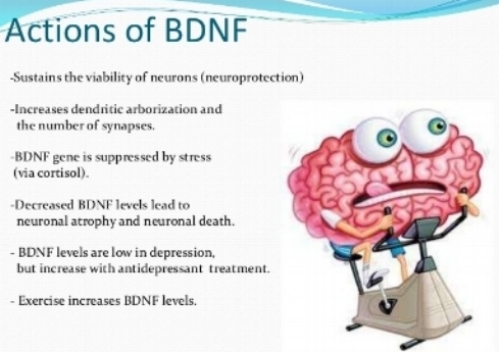Two popular options to inhibit bone loss that results from osteopenia: You can take a drug or begin strength training. Both have side-effects.
From this NYT article Splits Form Over How to Address Bone Loss:
“Millions of people worldwide, most of them women, have been told they have osteopenia and should take drugs to inhibit bone loss. But the drugs carry risks, so many public-health experts say the diagnosis often does more harm than good.”
The possible side-effects of osteoporosis drugs:
Nausea
Abdominal pain
Constipation
Indigestion
Muscle pain
Bone and joint pain
Diarrhea
Abdominal distention
Acid backup
Difficulty swallowing
Esophageal ulcers
Excessive gas
Headache
Stomach ulcers
Vomiting
An improperly designed strength training program results in injury, drudgery, and wasted time. The side-effects of a properly designed strength training program:
Enhance joint flexibility
Improves balance and coordination
Increased metabolism
Look better.
Increase strength
Increased protection of bones and joints
Improves functioning of your immune system
Best of all you will just feel better
The exercise program we use at our Austin strength training facility was derived from a study working with osteoporosis patients. Researchers found that bone density increased, joints hurt less, and muscles were stronger and more toned with minimal time exercising. It has been shown effective for women and men of all ages.
One of our clients was 65 years old when she started. She worked out once a week for 30 minutes of strength training. It takes time for the muscles and bones to recover from the stress of strength training. A year later her bone density had increased 12.4 percent. Obviously results will vary, but others have had similar results.
Past blog posts on the subject of osteopenia:
Increasing bone density at age 60
Diagnosed with osteopenia at age 43 - 22 years later osteopenia free
Request a complimentary first session at Kelly Personal Training
Click here to schedule a session to try it yourself
*Before you stop by please call us. We operate by appointment.





















